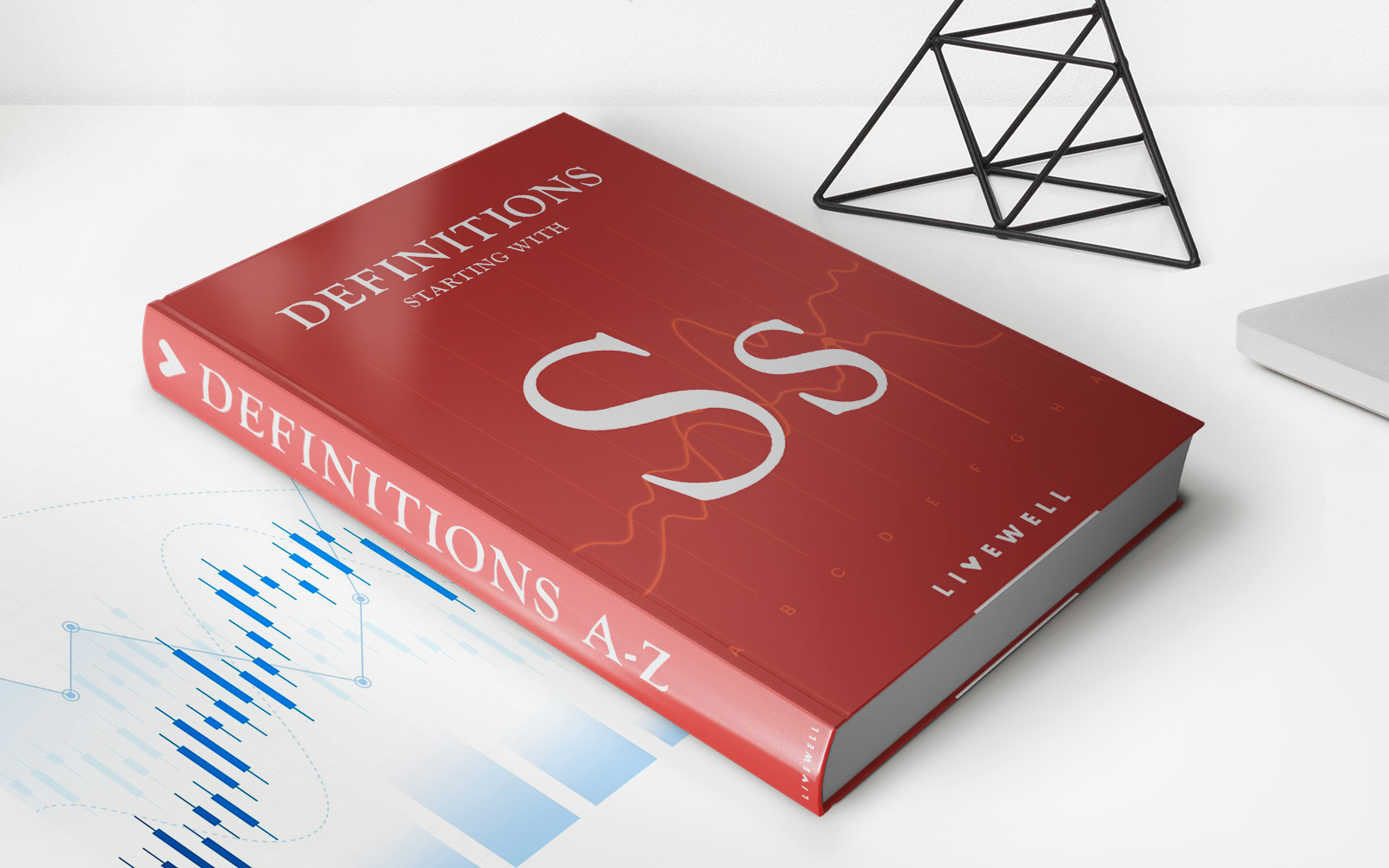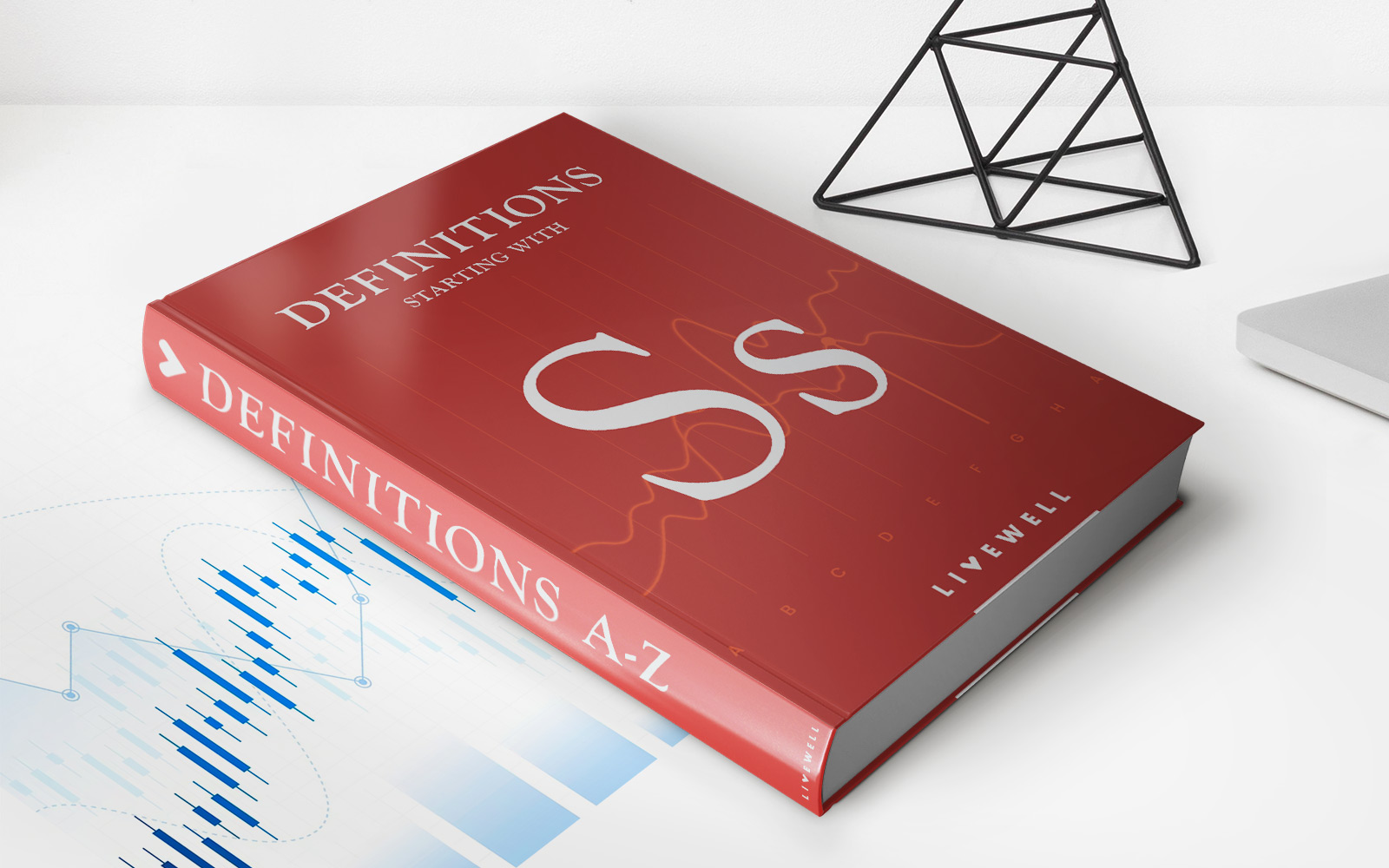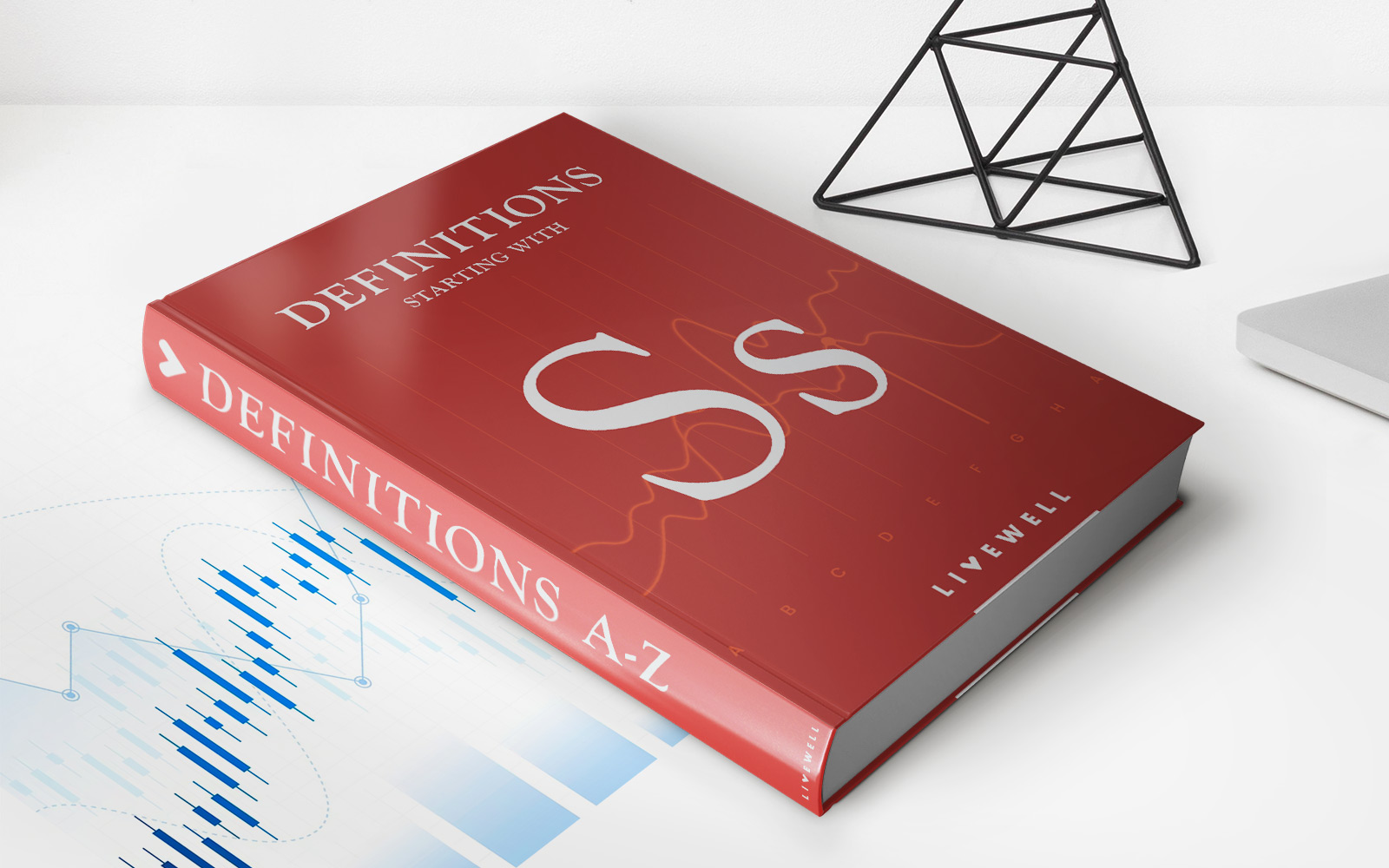Home>Finance>Sell To Open: Definition, Role In Call Or Put Option, And Example


Finance
Sell To Open: Definition, Role In Call Or Put Option, And Example
Published: January 26, 2024
Discover what Sell to Open means in finance, its role in call or put options, and explore an example. Gain insights into this concept and enhance your understanding in finance.
(Many of the links in this article redirect to a specific reviewed product. Your purchase of these products through affiliate links helps to generate commission for LiveWell, at no extra cost. Learn more)
Understanding Sell to Open in Options Trading
Options trading can be an exciting and lucrative investment strategy, but it can also be quite complex. One important concept to grasp when it comes to options trading is Sell to Open. In this article, we will dive into the definition and role of Sell to Open in call or put options, and provide an example to help you better understand this concept.
Key Takeaways:
- Sell to Open is an options trading strategy where investors sell options contracts to open a new position.
- It plays a crucial role in call or put options, allowing investors to generate income or hedge their existing positions.
What is Sell to Open?
Sell to Open is an options trading strategy where investors sell options contracts to open a new position. This strategy is primarily used by options sellers, also known as writers, who believe the price of the underlying asset will remain stable or move in a particular direction.
Selling to open an options contract involves taking on the obligation to buy or sell the underlying asset at a specified price, known as the strike price, within a specified period of time, known as the expiration date.
This strategy is commonly used to generate income by collecting the premium paid by the option buyer. Options sellers can also use Sell to Open to hedge their existing positions or manage risk.
The Role of Sell to Open in Call or Put Options
The use of Sell to Open can vary based on whether it is applied to a call option or a put option.
Call Option:
In the context of a call option, Sell to Open refers to selling a call option contract. This strategy is used by investors who believe the price of the underlying asset will decrease or remain below the strike price. By selling a call option, the investor collects the premium and is obligated to sell the underlying asset at the specified price if the option buyer exercises their right to buy.
Put Option:
In the case of a put option, Sell to Open involves selling a put option contract. This strategy is used by investors who believe the price of the underlying asset will increase or remain above the strike price. The investor collects the premium and is obligated to buy the underlying asset at the specified price if the option buyer exercises their right to sell.
Example of Sell to Open
To give you a clearer picture of how Sell to Open works, let’s consider an example:
Assume you hold 100 shares of XYZ stock, which is currently trading at $50 per share. You are concerned that the stock price may decline in the short term, but you don’t want to sell your shares outright. Instead, you decide to use Sell to Open by selling one call option contract with a strike price of $55 and an expiration date of one month.
By selling this call option, you collect a premium of $2. This premium serves as income for you, regardless of whether the option buyer exercises their right to buy the shares. If the stock price remains below $55 by the expiration date, you get to keep the premium and your shares. However, if the stock price rises above $55, you may be obligated to sell your shares at the strike price.
In this example, Sell to Open allowed you to capture some income while still holding onto your shares. It also provided a potential cushion against a decline in the stock price.
Conclusion
Sell to Open is a crucial strategy in options trading, allowing investors to sell options contracts and open new positions. Whether it’s used to generate income or hedge existing positions, Sell to Open offers flexibility and potential benefits. Understanding how it works and its role in both call and put options is essential for any options trader.














